Like most of the techies, I also knew that Augmented Reality Technology will be the next big thing. But when Tim Cook announced the same at WWDC21, I found myself highly endorsed!
Augmented Reality is already the most talked-about tech matter in 2021 and will surely stimulate us throughout 2022. You, too, must have encountered AR ( maybe with Pokemon Go!). Let me explain it to you in a straightforward way.
Table of Contents
What is Augmented Reality Technology?
The term “augment” stands for “to add something”. Augmented Reality (often represented as AR) integrates computer-generated virtual digital information (like audio, video, graphics ) with the real-time view of the physical world environment.
In simple words, a screen will show you some life-like images into real-world settings.
AR enhances the existing perception of the real world by overlaying supplemental digital data like the current score over streaming live sports video.
It actually superimposes certain digital components over the perceived existing reality. It provides a mixed reality spectrum as both the virtual world and the real world harmoniously co-exist in the method.
Modern Augmented Reality Technology makes our surroundings interactive as well as digitally manipulable. Now you know what is Augmented Reality. Let’s discuss how it was developed.
In 1990, Thomas P.Caudell, an ex-Boeing researcher, attributed the term “AUGMENTED REALITY”. In 1992, Louis Rosenberg developed and demonstrated the world’s first functional AR system named “Virtual Fixtures” at Armstrong research laboratory of the U.S. air force that rendered immersive hybrid reality experience.
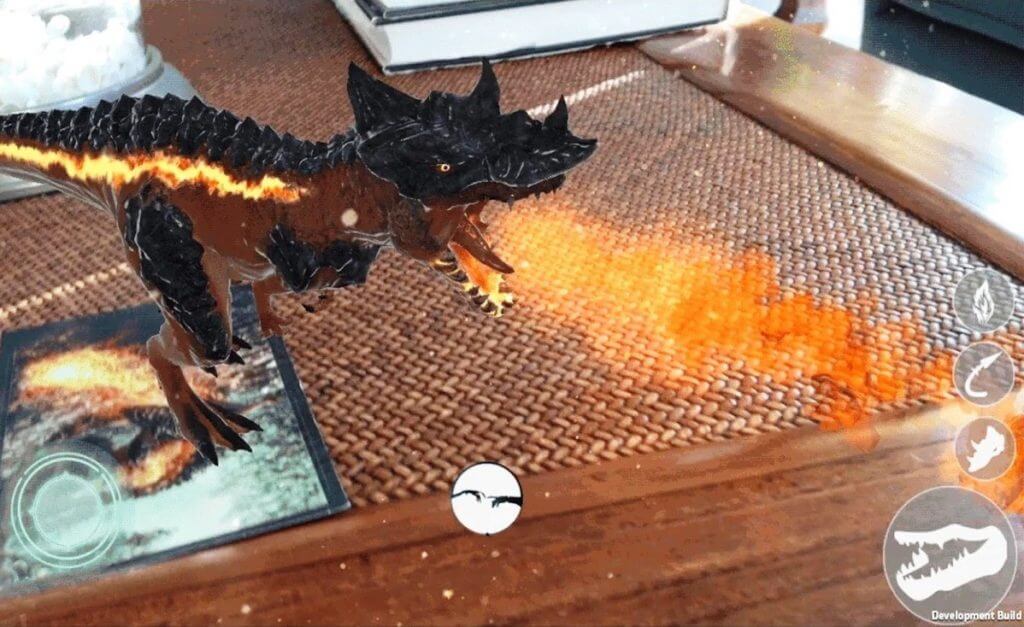
How an AR-based game will look like
GENESIS, the world’s first revolutionary AR-based trading card game, combines analogue trading card images with rich, immersive graphical elements of digital gaming technology. It provides users best possible experience of Modern AR technology by bringing the cards to life.
Many Among us must have encountered very popular, location based AR game Pokemon go , where players have to wonder around their neighborhood to capture Pokemon monsters which are only visible on their game screen. Though Pokemon go is fading out, it gave us a hint, how powerful AR can be.
Augmented Reality vs Virtual Reality
Though Augmented Reality and Virtual Reality seem to be competing technologies, they are actually complementary to each other for a composite viewing experience.
Discussing AR vs VR, both bear some distinctive features. AR overlays computer-generated virtual elements onto real-world images. On the other hand, VR immerses a viewer completely into the virtual world.
Then, AR uses a pass-through camera or glasses toy to view the real-time world around them. In VRheadsetst, single or dual screens are viewed through lenses to create an illusion of a foreign environment.
For example, Augmented reality is used by Microsoft HoloLens and Virtual reality is used by HTC Vive, Oculus Rift, Sony PlayStation.
Hardware requirements for AR technology:
- High-end microprocessor.
- The Onboard Operating system should support a web browser.
- Onboard storage – Minimum 128 GB.
- MEMS ( Micro-Electro-Mechanical-System ) sensors as input devices. Such as,
- Accelerometer – Provides information regarding gaze and position.
- Wearable Bluetooth button.
- Eyeball tracking – Curates user-software interface commands on a method of gaze.
- GPS – provides information regarding the position.
- TouchPad / Trackpad.
- Microphone.
- Light and Proximity sensor.
- Connectivity – Standard Bluetooth (low power)
- Wi-Fi 802.11( low power)
- Display – should support a minimum resolution of 1920 X 1080 Pixels.
- Refresh rate – 120 Hz.
Are all these sounding like a riddle to you? Then, believe me, as an end-user, you just need a smartphone to enjoy AR.
Categories of Augmented Reality Technology:
Based on objectives and applications, Augmented reality may be categorized into several segments.
1. GPS & Onboard compass AR technology :
Using the onboard compass, GPS feature and high-speed internet connection in tablets and modern smartphones, the Complex augmented reality application provides various web-content data based on the geolocation of that device.
Using it, we can create several Augmented Reality Games ( there are some unique survival horror games that you should never try!) and Apps.
2. Marker-based AR Technology:
Marker-based AR, which is often termed image recognition, generally employs a digital camera and various types of visual markers ( like QR code, bar code ) to determine the orientation and position of its spherical coordinate system.
As soon as the marker is distinguished as a distinct image from any other real-world object, it is decoded by the reader software ( like QR Code reader or bar code reader ) to provide related information.
In the year 1999 , Hirokazu Kato of Nara Institute of Science and technology, developed ARToolKit which was the first fully featured open source tool kit for marker based AR.
2. Markerless AR Technology:
It is the most used application of Augmented reality technology and also known as GPS based or Position based or location-based AR, using the onboard digital compass, GPS, accelerometer, velocity meter and location detection feature of modern smartphones and tablets, this application provides useful information based on the GPS location of the device.
It is a widely accepted and accessed application to track nearby business centres, mapping a certain location and much more.
3. Projection-based AR technology:
Here, in this case, at first, artificial light is projected onto a real surface. Then human interaction or touch to that projected image is detected by this application by differentiating between a known projection to the altered projection.
Another interesting projection-based AR is where laser-plasma technology is used to produce a 3D interactive hologram in mid-air.
Here is our selection of Best Augmented Reality Apps based on usefulness and uniqueness!
How does Augmented reality works:
Augmented reality is used to highlight certain data, enhance features, and present accessible as well as timely information. AR has the breakthrough potential to combine virtual imagery & digital data to simulate reality.
AR can be used to pop up a simple text notification or may be employed to render complicated instructions to perform a critical surgical operation.
Primarily AR technology was used for military applications, medical procedures, and industrial development. But since 2012, AR had been thoroughly incorporated into the versatile world of entertainment and various other commercial industries.
Today, AR is being used even in schools as powerful teaching & learning media using useful mobile gadgets.
Augmented reality is being employed in various technologies with many more applications in the field of Advertising and navigation, Games and toys, Product presentation, Architecture and interior decoration, Product manufacturing, marketing, etc. Let’s check the scope of application of AR.
Head Mounted Display (HMD):
Have you heard about Augmented Reality Glasses? It is a display device worn on the forehead having a single or a couple of display systems.
Google Glass provides a single display, whereas HMDs like Oculus Rift or HTC Vive provides a couple of display before both eyes. In AR, the digital images and information are projected on a transparent screen through which the user can see the live view of the world.
Such HMDs are called Optical Head Mounted Display (OHMD). OHMDs employs numerous sensors to allow a freedom monitoring of 6° to align virtual images to the real image and fine-tune the blending of both, according to the head movement.
Contact Lenses:

At CES-2013, a Washington-based wearable startup INNOVEGA, with its iOptik system, demonstrated its latest prototype futuristic contact.
Lenses with an HMD interact with the full HD glasses by decoding the rays coming from projectors fitted on the HMD glasses. It creates a fabulous AR display that allows a wide field of view.
HMD Oculus Rift is quite bulky and provides a wide field of view (more than 90°). On the other hand, Google glass is compact but provides a narrow field of view (near 20°).
But INNOVEGA iOptik AR Contact Lens is extremely compact yet offers a wide field of view. Thus this product is challenging Google glass in its wearable ambition.
Future of Augmented Reality Technology:
Perceived to be the future technology, AR is steadily building its road in a future market by continuous development. Various applications emerging every day through steady research of AR technology is producing extraordinary visual experience.
It is transforming the way we see our surroundings by revolutionizing top brands and companies’ business models.
Big Corporate giants are already catalyzing the market of Augmented Reality.
- Microsoft: The software biggie took the first big step in AR. Microsoft’s HoloLens will surely be a business change. It is a holographic head-mounted display system. They call it Mix Reality Technology.
- Facebook: In April 2017, Facebook launched its Camera Effects Platform. This will help developers to create stickers and 3D masks on photos and videos. An AR-based makeover of the Facebook app bundle is in the pipeline.
- Apple: Personally I feel, the most anticipating feature of the iPhone 8 will be ARKit. The smartphone scenario will start to take a leap after ios 11, encouraging the app developers to work on AR.
There are some argument though. Famous personalities like Elon Musk, CEO of SpaceX and Tesla, expressed his concern over AR.
According to him, mankind is going to live in a computer simulation kind of world. Living in a Matrix-world will not be encouraging.
The ground-breaking technology of AR has evolved at the forefront of the modern world and will continue to arrive with new usages in days to come. Juniper Research Group of Washington DC predicted that AR will expand tenfold by the year 2022 & will earn $4.5 billion in revenue.
According to the Venture Reality Fund’s AR industry landscape report, the number of companies developing Augmented Reality Technology-based applications grew 60% in Q2 2021.
Now it’s sure. You will also accept the fact that Augmented Reality is the next big thing. Let’s see how huge it grows.

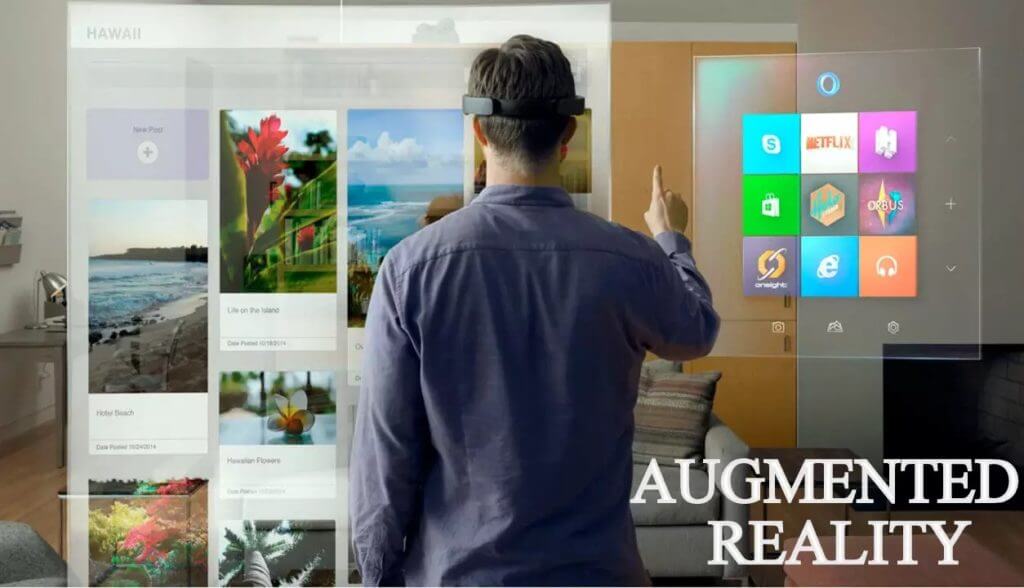
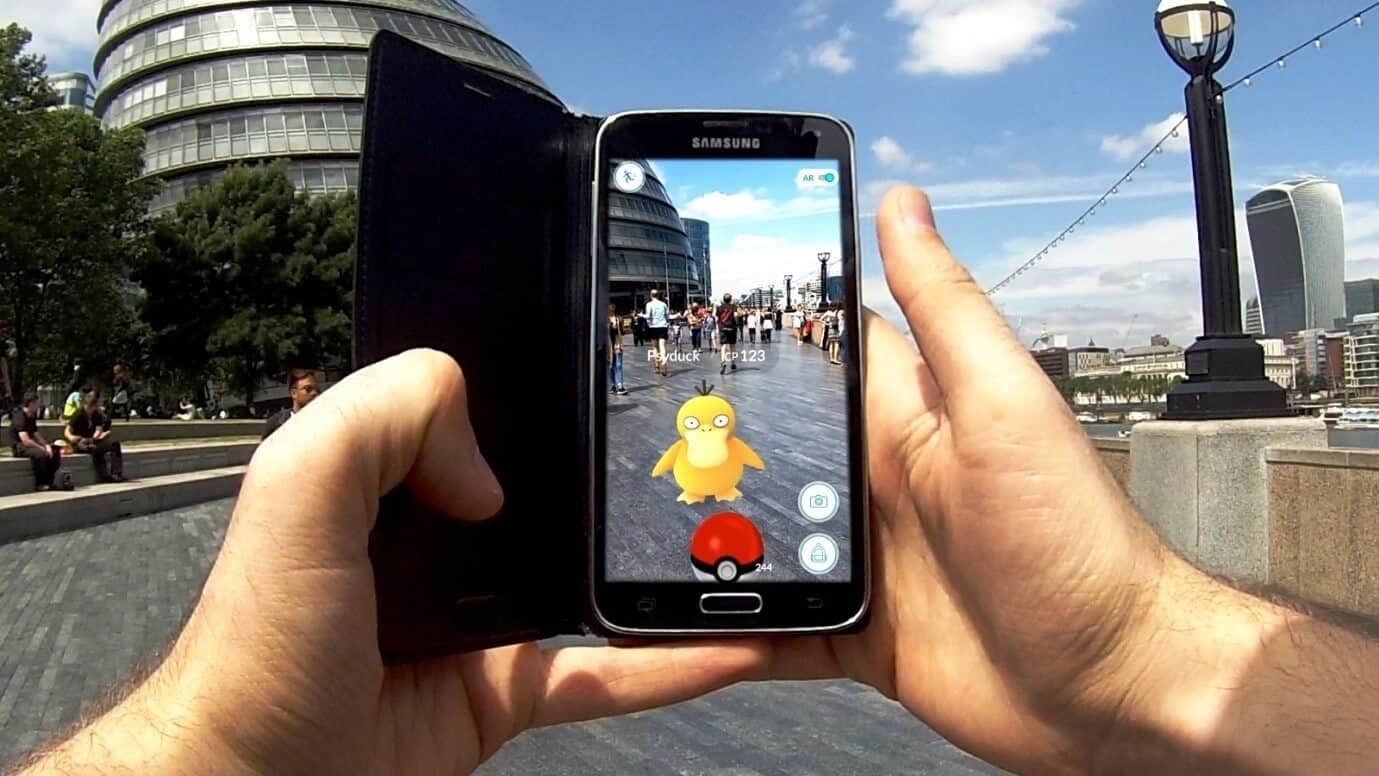
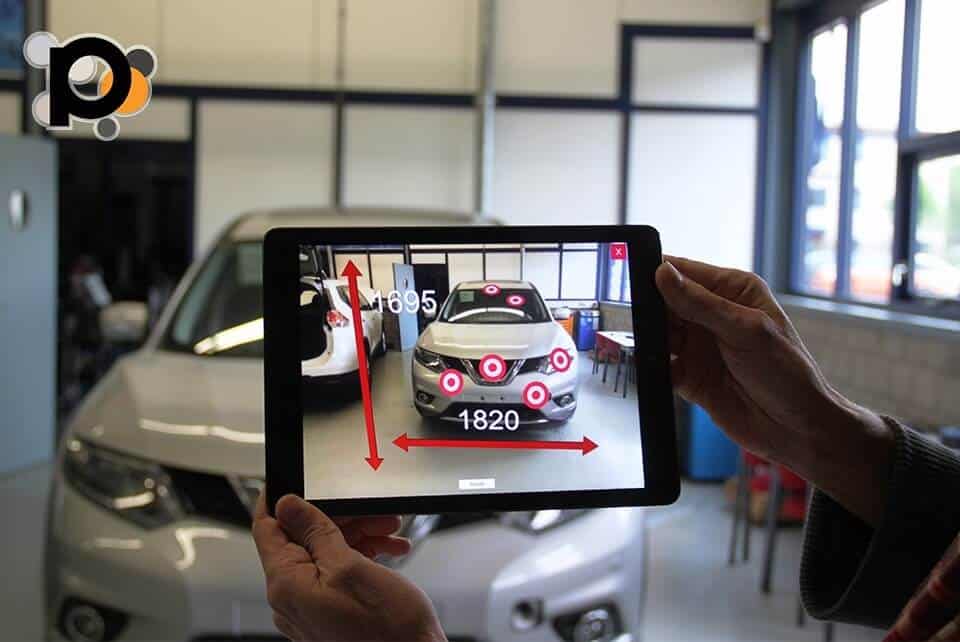
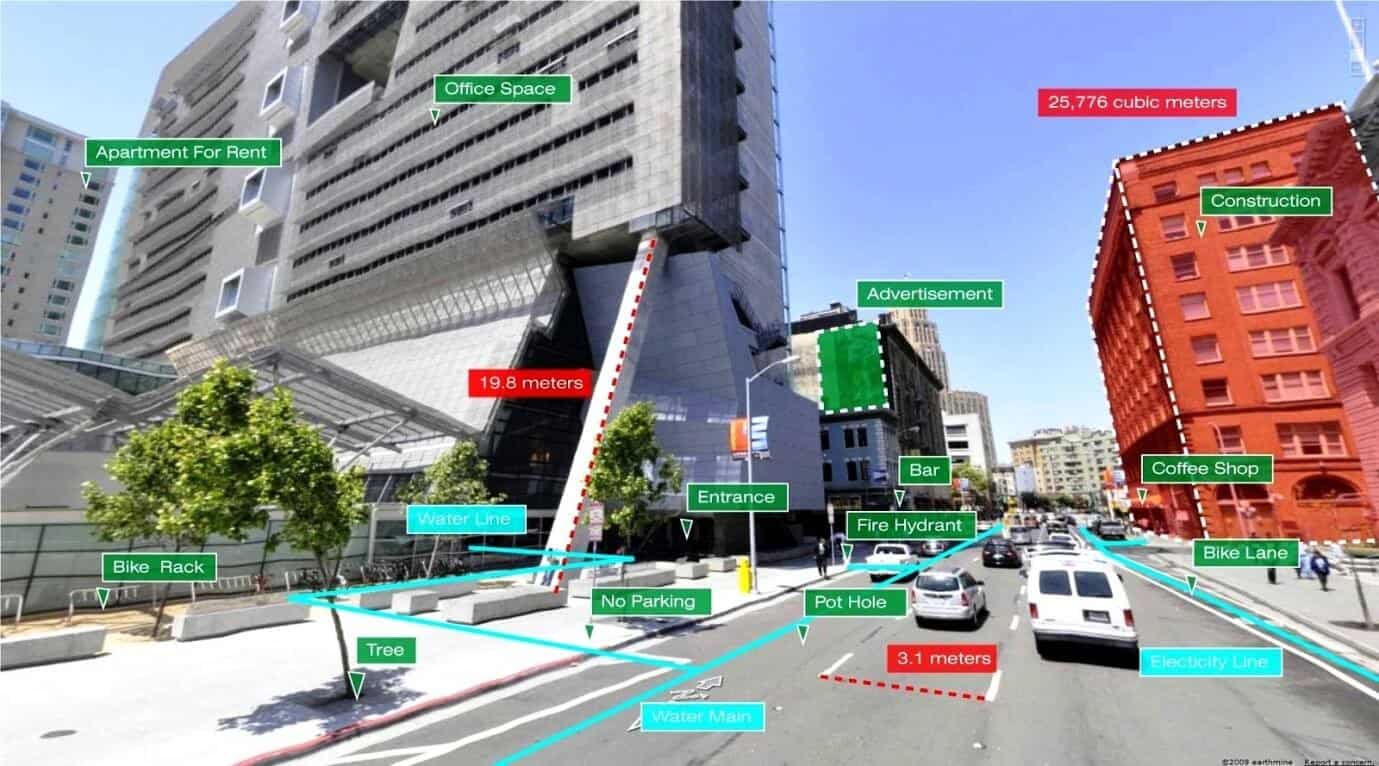
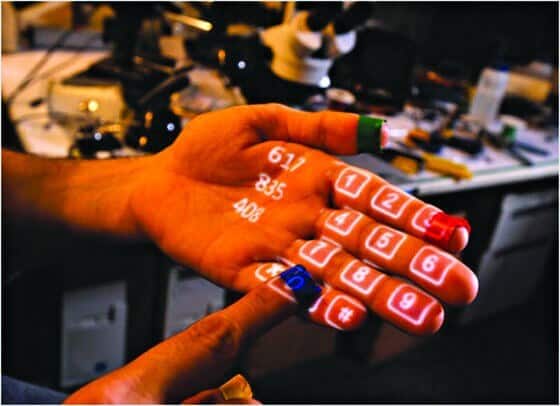
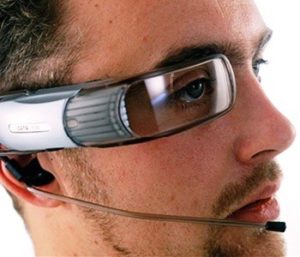



![Resolve Pii Email Errors from MS Outlook [pii_email_********] Resolve Pii Email Errors from MS Outlook [pii_email_********]](https://www.blognox.com/wp-content/uploads/2021/07/pii_email_-1-211x150.png)


Nice to read such artificial, it’s a new to me. But after reading this happy to know that the things describe in our mythology are becoming real by these apps. Thanks to Subheoprakash for bring the knowledge in open platform. But have to be careful about misuse it by negative thoughts. So let’s go ahead with positive and ethical thoughts. Hare Krishna
Heartiest thanks and warm greetings to Mr. Mahabir Banerjee for reading the post so deliberately. You are absolutely correct, Like all other scientific inventions, it also posses some curse and boons. Now it depends on us that how we can make use of it so that we may get the best out of it… Future will eventually give the answer….